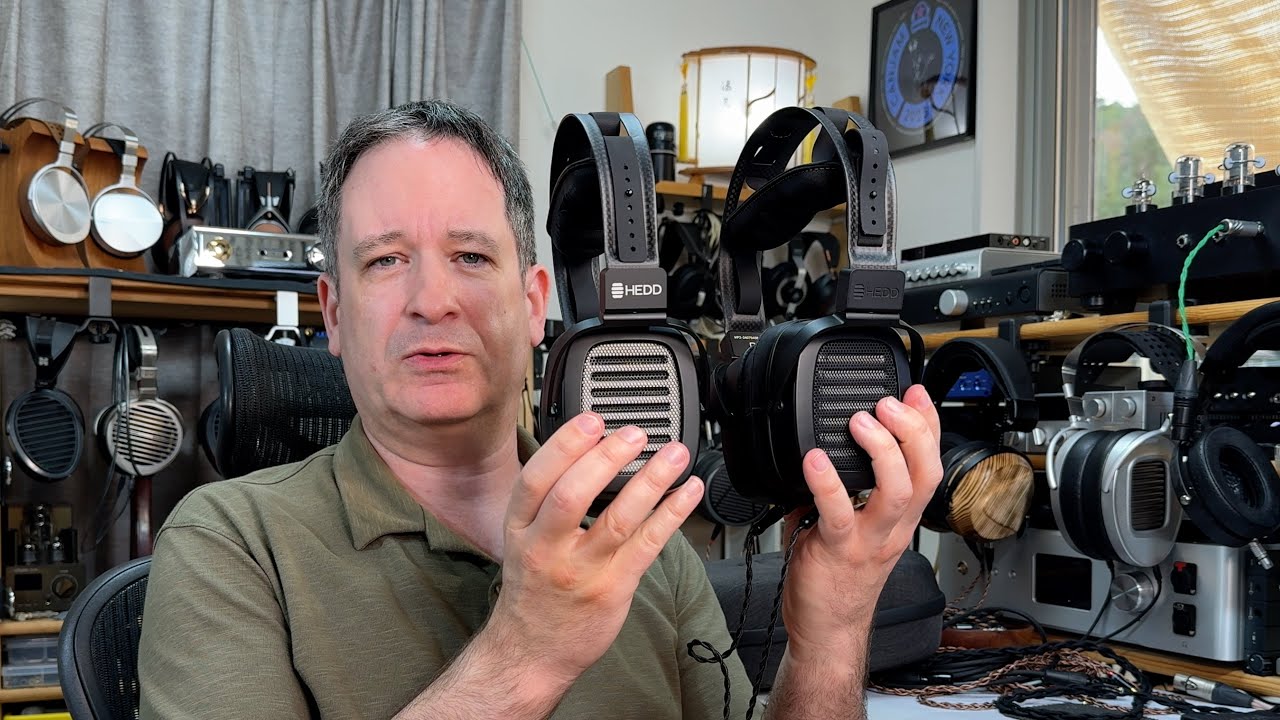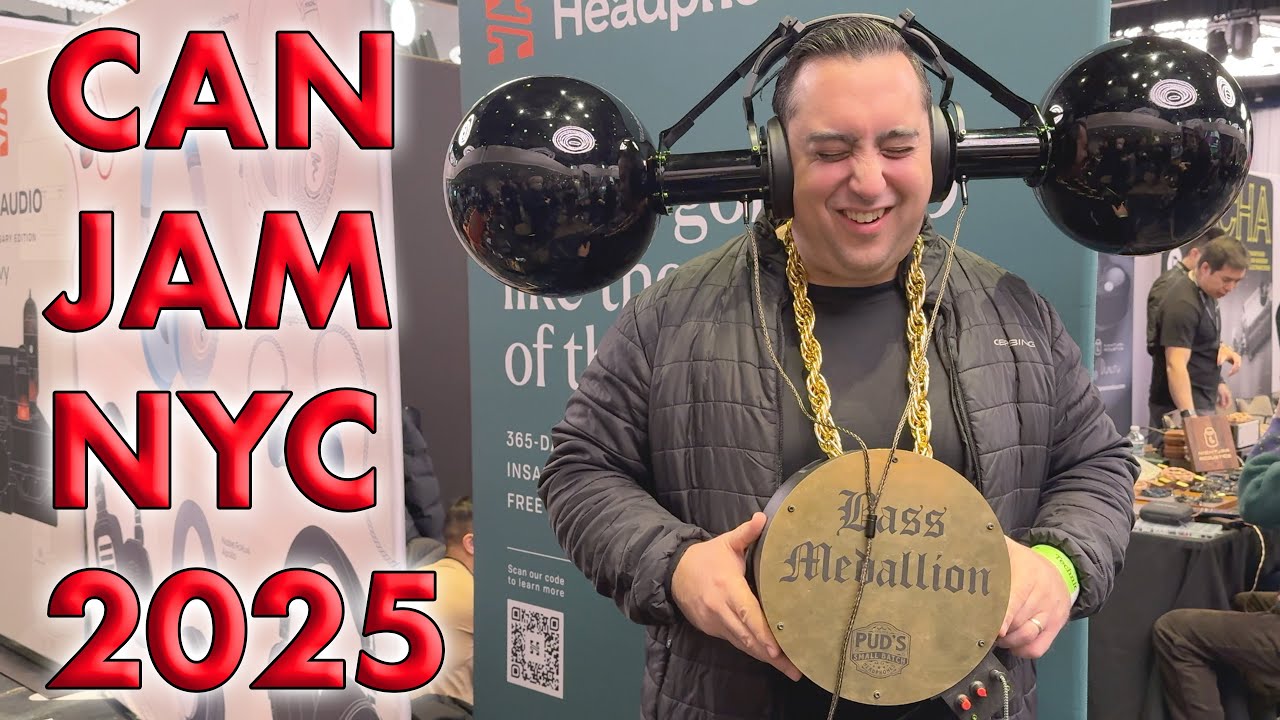Over at Head-Fi, Jude has posted a graph comparing the distortion measurement of the new Sennheiser HD660 compared to the HD650. He also noted that:
The Sennheiser HD650 required around 211 mVrms to get 90 dBSPL at 1 kHz, and the HD660S around 107 mVrms for the same. In actual use, I’m getting greater returns from my portable digital audio players (Astell&Kern, FiiO, Sony) with the HD660S than the HD650, in terms of drive and sound quality (to my ears).
Interestingly, something I’ve not seen discussed in detail in the past, the level of sensitivity changes depending on the wear of the earpads and clamping force of the headband. Just adjusting the headband was enough to require 20 mV less power to achieve 90 dB sensitivity. What is more, he posted, in detail, the procedure he went through for measurements.
He wrote:
Since we’re on the topic of headphone sensitivity specs…
I know we’re always looking to find firm answers in numbers and lines, but sometimes (most of the time) it’s not as simple as it seems. Some things to consider:
- I’m not exactly sure how Sennheiser measures sensitivity.
- Do they measure sensitivity at EEP (ear entry point) or DRP (drum reference point)? (We measure at DRP.) Where one measures in this regard will affect sensitivity measurements.
- New pads? Old pads? In our case they were new, and, of course, Sennheiser would certainly spec with new pads. I’m only mentioning this because if someone else is measuring the headphone with older pads, it will make a difference.
- How tight was the headband set? If it’s an independent measurement, is it an old headband that’s a bit more broken-in with lower caliper pressure than a brand new headband? (The HD650 and HD660S we measured are still like-new.) These things affect sensitivity measurements. (More on this shortly.)
- Sennheiser (especially with their high-end headphones) has some of the best channel-matching in the industry. I visited their factory in Tullamore (Ireland) years ago, and I observed how they took great care to match channels with the HD600. Still, no matter how well they do, slight variations will occur between channels.In fact, even after our analyzer sets the level to 90 dBSPL, the level drifts up and down (in small amounts) despite the unwavering 1 kHz sine wave it’s being fed. The level from the microphone doesn’t just lock in at exactly 90.000 dBSPL with those numbers to the right of the decimal point not moving or drifting — again, those numbers drift, even while inside an acoustic/vibration isolation enclosure in a quiet room. Also, just leaving the headphone on the measurement head for a time can cause earpad compression (changing the measurement).
The values in my post above were taken from the output voltage indicator of the analyzer. The headphone amp used in those measurements was the Rupert Neve Designs RNHP which, prior to the measurement session, we set to unity gain (hand-set via the volume knob, but done while monitoring gain on the Audio Precision audio analyzer). To illustrate how much all of the above (and other) variables can affect sensitivity measurements, we just did the following:
- We calibrated our GRAS measurement microphones with a GRAS pistonphone, adjusting for temperature and ambient static pressure.
- We swapped-in the Audio Precision APx1701 Transducer Test Interface (in place of the Ruper Neve Designs RNHP). The APx1701 contains calibrated instrument-grade amplifiers, and it “talks” directly with our audio analyzer, so I’d be more apt to trust the voltage level set and indicated with this combination than the hand-set Neve RNHP.
- We put the Sennheiser HD650 on a GRAS KEMAR measurement manikin after setting the HD650’s headband size to nine clicks out of each side, and asked the system to set the output level to 90 dBSPL at 1 kHz.
- With nine clicks out of each side, the HD650 achieved 90 dBSPL at an output level of 210.9 mVrms.
- At eight clicks out, it required 195.9 mVrms.
- At six clicks out, it required 188.0 mVrms.
- We put the Sennheiser HD660S on the measurement manikin.
- At nine clicks out of each side of the headband, it took 127.7 mVrms.
- At eight clicks out, it required 119.9 mVrms.
- At six clicks out, it required 111.4 mVrms.
I know it’s way too late at this point to say “long story short,” but the point of all of this is that sensitivity specifications are really more of a guideline, and perhaps the manufacture-provided numbers are most useful when comparing to their sensitivity specs for their other models.
What about comparing sensitivity specs of different models between different manufacturers? Grains of salt abound. Assume for a moment two headphones from two different manufacturers that have exactly the same sensitivity at a given frequency (usually 1 kHz) — if one manufacturer measures sensitivity at DRP and the other at EEP, expect the headphone measured at EEP to have a sensitivity spec that’s higher than the DRP-measured one by perhaps a few decibels. And then there are all the other variables we’ve covered.
Of course, headphone sensitivity specs can be useful, but do keep all of the above in mind when you see them.






